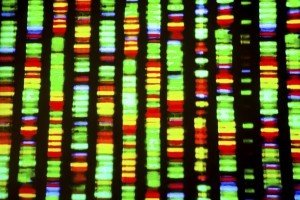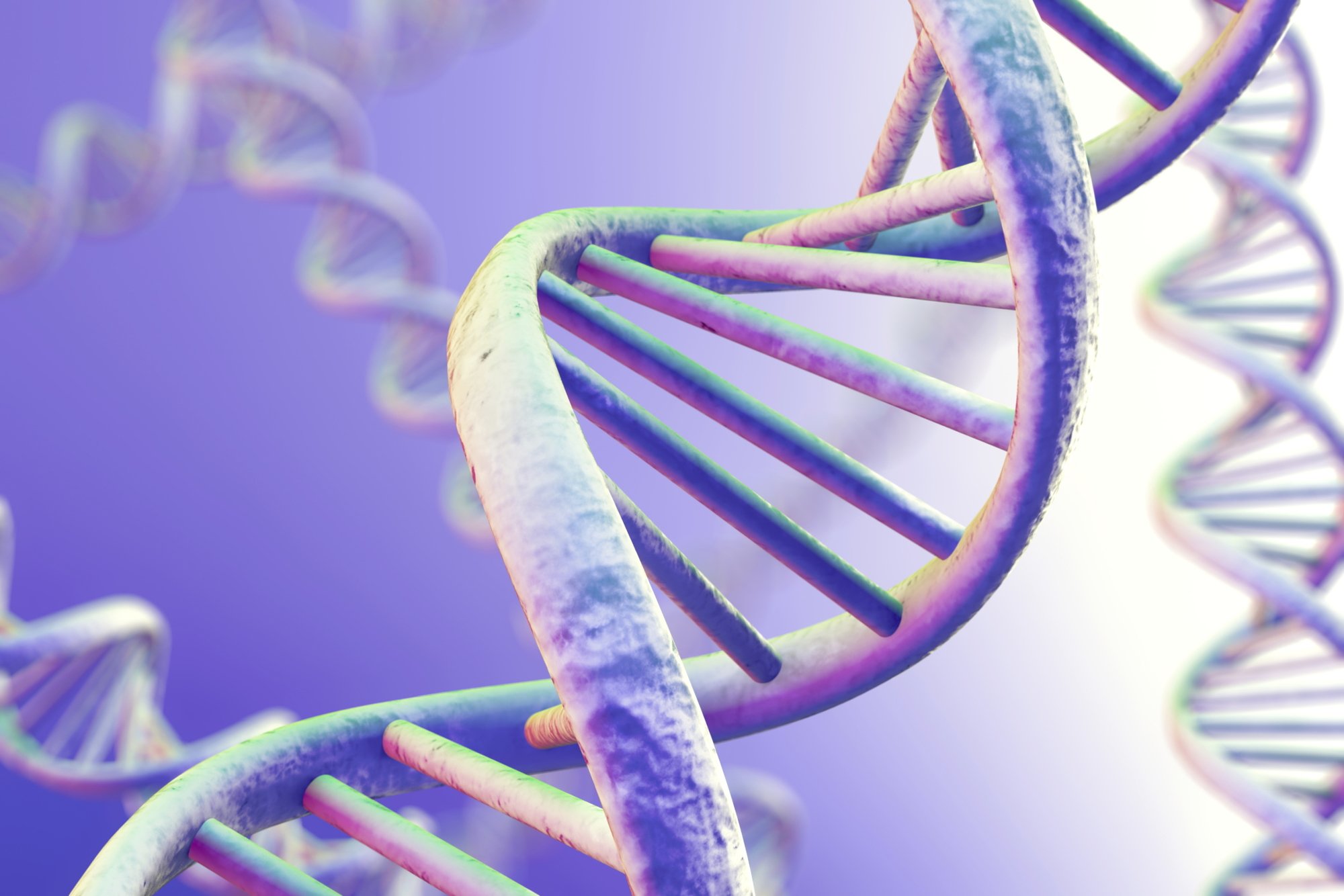There are no presents on DNA Day, but its celebration by the scientific community marks the international research that resulted in the ability to read the genetic blueprint of a human being for the first time.
DNA Day was first celebrated on April 25, 2003, in the United States by proclamation of the Senate and House of Representatives to mark the day in 1953 when the research was first published on the structure of DNA. The Human Genome Project, in which the genes of all members of our species (called genome) were sequenced and mapped, was completed in April of 2003.
The celebrations since 2003 have been organized by the National Human Genome Research Institute. It has become an educational party, of sorts, with students and teachers joining the scientific community in activities and studies to learn more about genetics.
What Is DNA?
 The letters actually stand for Deoxyribose Nucleic Acid, but it is a long, narrow, string-like material made up of four different building blocks. The sequence of these building blocks, usually identified by letters, provide a code which can be read by the body’s cells. The variations in the DNA are what makes one person different from another.
The letters actually stand for Deoxyribose Nucleic Acid, but it is a long, narrow, string-like material made up of four different building blocks. The sequence of these building blocks, usually identified by letters, provide a code which can be read by the body’s cells. The variations in the DNA are what makes one person different from another.
Does your aunt come to visit and while smothering you in a hug shout “You look just like your mother!” every single time? Well, your aunt may not be a reliable DNA code breaker, but all living things inherit physical traits from their parents. You have likely inherited your skin color, hair color, height, or other characteristics from your parents. Are you left handed? Could be because of your DNA, as a gene gives the potential for the development of the trait. But researcher Robert Plomin found that even though brothers and sisters share genes that often make them alike in looks and intelligence, they are typically very different from a personality perspective.
Your health is also affected by your family history and environmental factors. It is important to know your family history as it can be very important in learning about the reasons for diseases such as sickle cell anemia and cystic fibrosis, which are inherited in families.
Crime Solving
 DNA testing has been an acceptable science in legal defense of those accused of crimes since 1989. Laws allow post-conviction DNA testing by a defense team. However, only a fraction of criminal cases have evidence that can be tested for DNA, and sometimes that evidence is lost or destroyed after a conviction. But the Innocence Project reports there have been 337 prisoners found innocent due to post-conviction DNA testing in the United States. These prisoners who have served many years behind bars can attribute their freedom to DNA testing.
DNA testing has been an acceptable science in legal defense of those accused of crimes since 1989. Laws allow post-conviction DNA testing by a defense team. However, only a fraction of criminal cases have evidence that can be tested for DNA, and sometimes that evidence is lost or destroyed after a conviction. But the Innocence Project reports there have been 337 prisoners found innocent due to post-conviction DNA testing in the United States. These prisoners who have served many years behind bars can attribute their freedom to DNA testing.
Learn more about genetics this DNA Day and celebrate the discovery of this amazing material that makes you just who you are!







Leave A Comment
You must be logged in to post a comment.